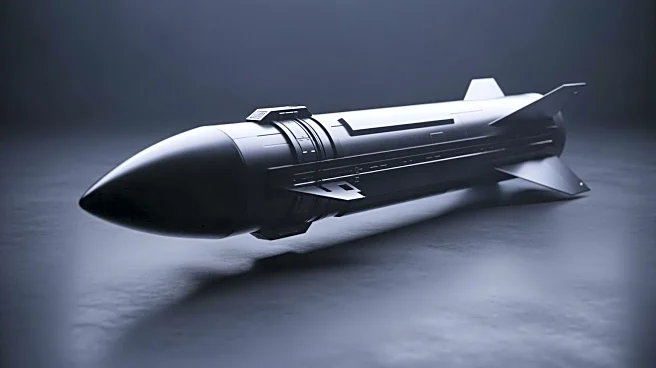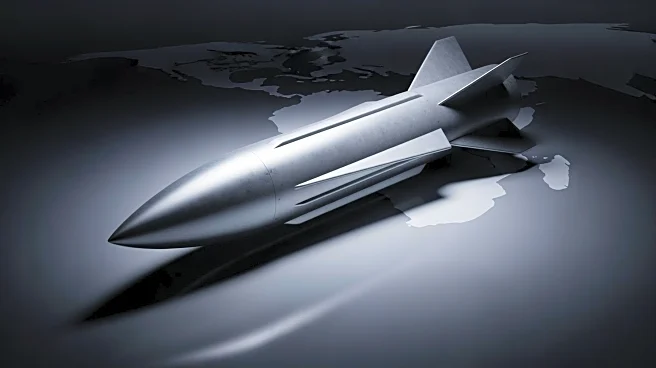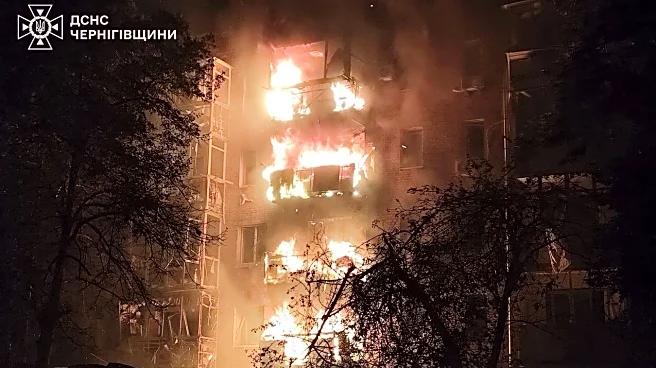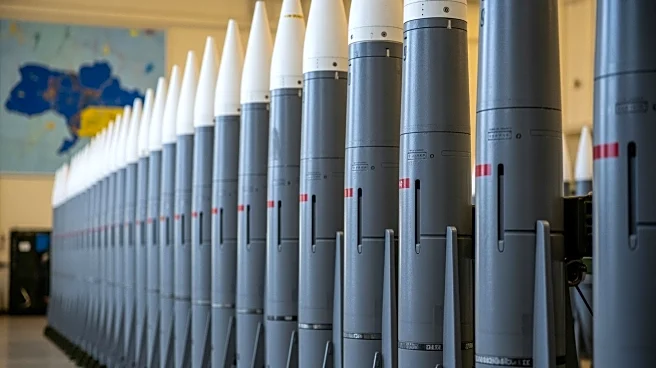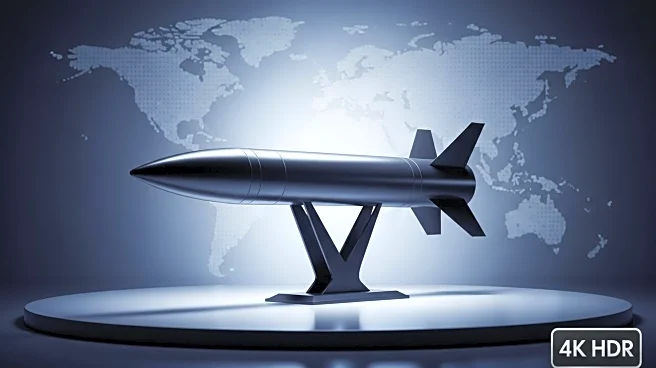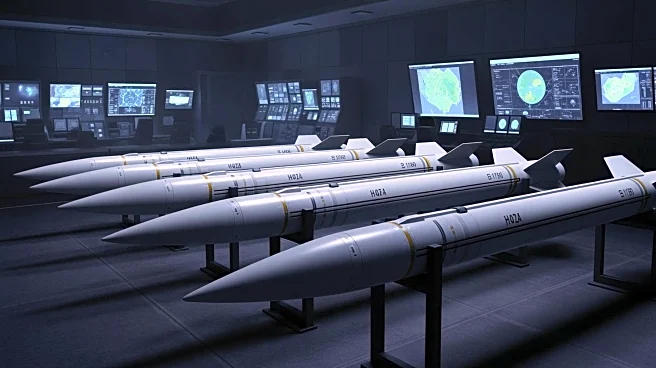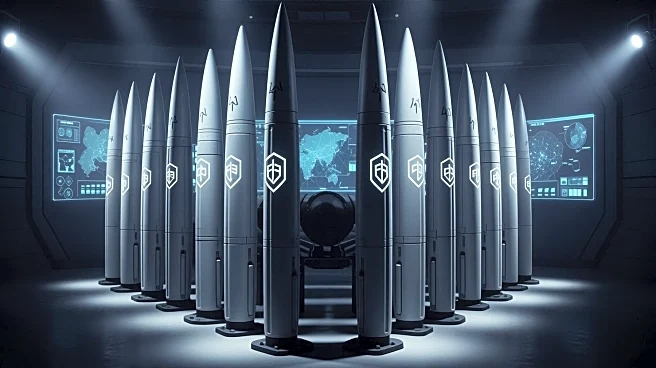What's Happening?
The Tomahawk cruise missile, a staple of the U.S. military since the 1980s, is being considered for use in Ukraine's conflict with Russia. Known for its precision and long range, the Tomahawk could provide
a strategic advantage to Ukraine. President Trump has hinted at the possibility of supplying these missiles to Kyiv, which could significantly impact the dynamics of the war. However, the U.S. Navy's inventory of Tomahawks is dwindling, with limited new purchases in recent years. Additionally, Ukraine lacks the naval capabilities to deploy these missiles, as they are typically launched from ships or submarines. The U.S. Army is developing a ground-based platform for the Tomahawk, but it is not yet operational.
Why It's Important?
The potential deployment of Tomahawk missiles in Ukraine could alter the military landscape, offering Ukraine a powerful tool against Russian forces. These missiles could enable Ukraine to strike deep into enemy territory, potentially shifting the balance of power. However, logistical challenges and limited stockpiles pose significant hurdles. The decision to supply Tomahawks also carries geopolitical implications, as it would represent a substantial escalation in U.S. military support for Ukraine. This move could provoke reactions from Russia and impact international relations, highlighting the complex interplay of military strategy and diplomacy.
What's Next?
The U.S. must consider the logistical and strategic implications of supplying Tomahawk missiles to Ukraine. Discussions may focus on developing ground-based launch platforms and addressing inventory shortages. The decision will likely involve careful deliberation of military capabilities and geopolitical consequences. As the situation evolves, stakeholders will need to weigh the benefits of enhanced military support against potential risks and diplomatic fallout.
Beyond the Headlines
The consideration of Tomahawk missiles for Ukraine underscores broader issues in military strategy and international relations. It highlights the challenges of adapting existing military technologies to new contexts and the complexities of international arms support. The situation also raises questions about the long-term implications of increased military aid and the potential for escalation in global conflicts. As nations navigate these challenges, the balance between military innovation and diplomatic strategy will be crucial.
